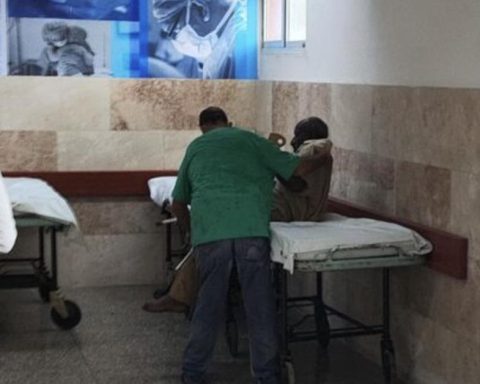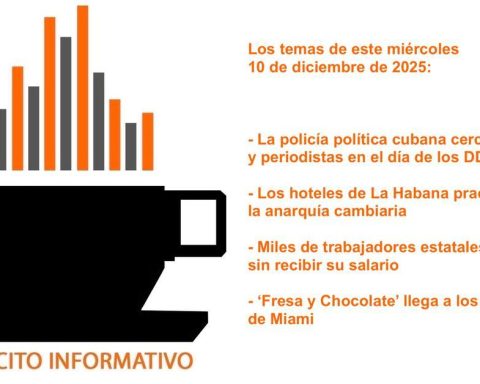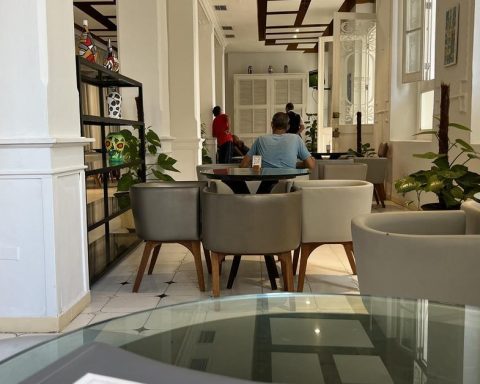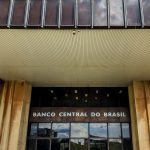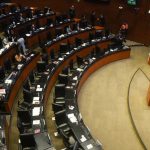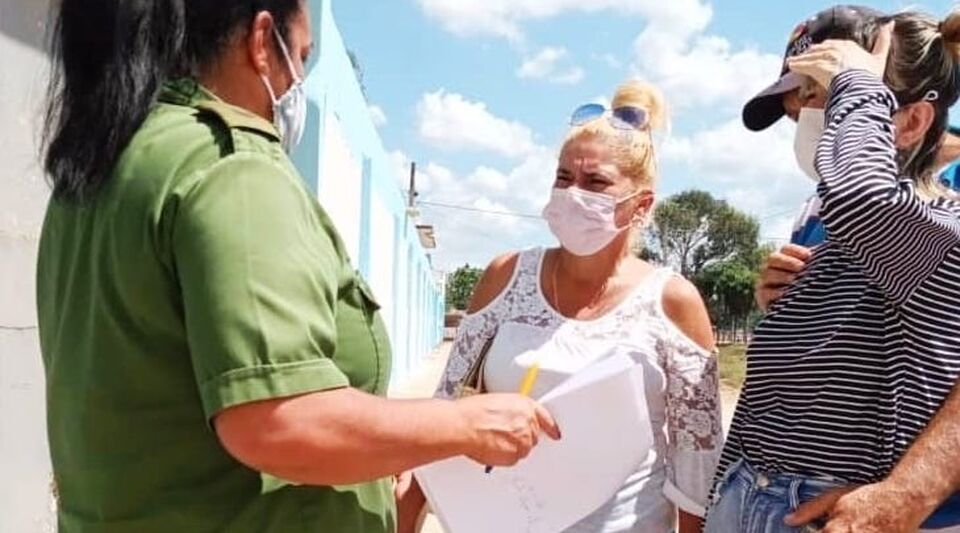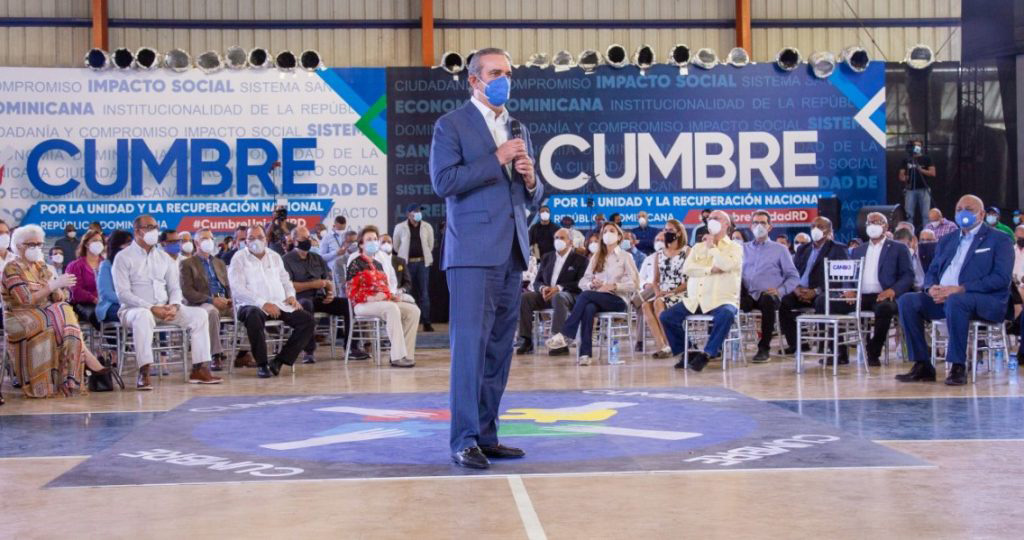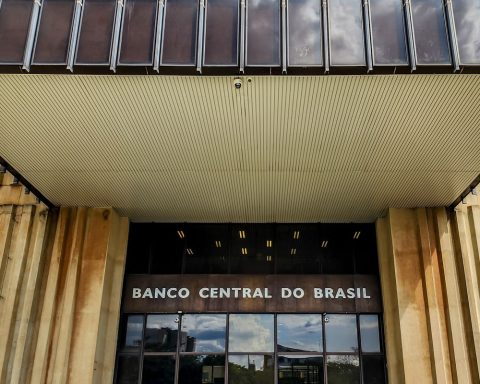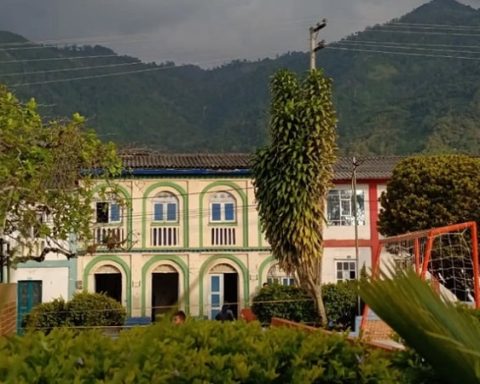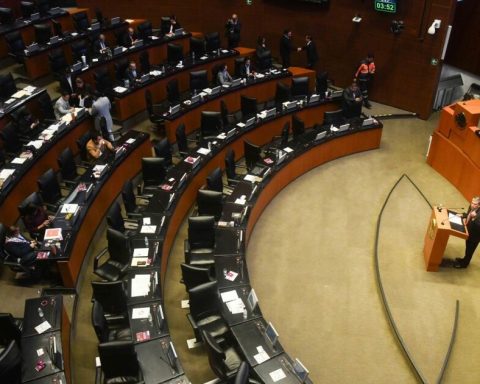Food and transport are the most affected by the rise in prices. The war between Russia and Ukraine worsened the problems caused by the pandemic.
Ecuador, like all countries worldwide, is experiencing a growing inflation since 2021. The war between russia and ukraine deepened the problems caused by the pandemic on the economy.
The low and middle income familieswho spend more than their monthly budget on food and groceries, will be the most affected during 2022.
Below are the keys to inflation in Ecuador:
1.- The inflation is an indicator that calculates the average percentage increase of prices in the economy. Thus, for example, if food became more expensive by 3%, housing by 1.5%, health and education by 2%, the inflation that hypothetical three-sector economy would be 2.16%.
2.- The imbalances caused by the pandemic (fall in production, logistical problems and higher cost of inputs and raw materials), to which is added the crisis related to the war between russia and ukraine (oil at more than $100 per barrel and more expensive inputs), have caused that, with a cutoff date of February 2022, the Iinflation annual in Ecuador shoots up to 2.71%.
3.- The current inflation is the highest recorded since 2016. During 2008 to 2016, with high oil prices and public spending that unsustainably doubled, the price level averaged 4.63% per year. The highest percentage was reached in 2008 with 8.39%.
4.- Inflation in 2022 is concentrated above all in two sectors: food and transportation. The low and middle income families are the most affected because they allocate, on average, between 53% and 43% of their monthly budget in expenses of food and transportation. The segments with the highest income, meanwhile, less than 32%.
5.- Faced with the rise in production costs, companies have two options. Or they raise consumer prices to cover the rising cost of inputs and raw materials; or they reduce their profit to avoid losing market with products that are too expensive for the reality of the country. During 2021 and the beginning of 2022, the food industry has chosen not to raise prices too much and reduce its profit margin.
6.- On average, the inflation in Latin America it has reached about 10%. Neighbors like Colombia and Peru have seen increases in price level that exceed 3.5% and up to almost 7%. To provide social assistance and subsidies, most countries in the region have issued more of their own currencies, this has caused demand to recover faster than the productive capacity of companies. The result has been more expensive goods and services.
Ecuador, with its own currency and little room to expand spending (over-indebtedness), was unable to inject the same levels of resources into the economy as its neighbors.
7.- The National Institute of Statistics and Censuses (INEC) calculate the price of called Basic Family Basket (CBF) every month. That basket includes a package of about 75 products and services, including food, rent, transportation, clothing, health, education and services. Cut to February 2022, that CBF it cost $725.16 for a typical family of four.
8.- According to the INECa family of four should spend, on average, at least $237.42 a month on staple foods. Add to that about $49.7 in clothing; and $36.56 in transport. If the monthly $107.10 in health is added, only in four aspects a total of $430.78 is spent, that is, almost 60% of the CBF.
9.- Quito and Ambato are the most expensive cities when it comes to Buy food. In these two cities, on average, more than $250 per month is needed for food of a family of four members. However, the Basic Family Basket (CBF) The most expensive, with a value of $753.63 per month, is in Cuenca. The Azuaya capital has the highest housing costs (including rent) in the country.
10.- At the beginning of 2022, the Ministry of Economy projected a inflation up to 2.5% in Ecuador, but with the war and the greater rising cost of inputs and raw materials imported, now a percentage of up to 4% is calculated. (JS)

